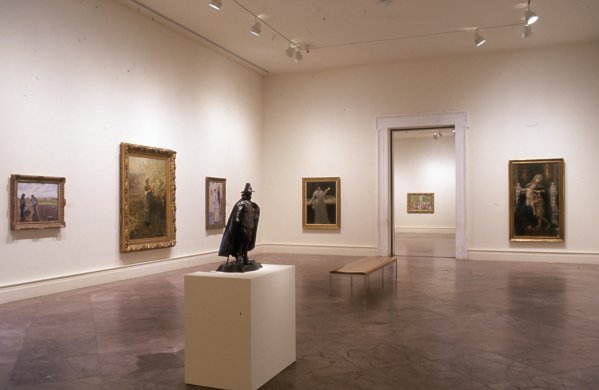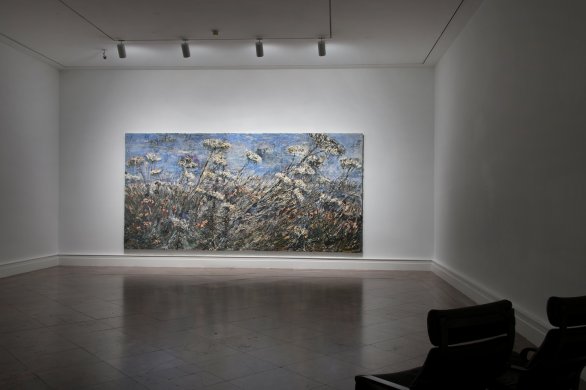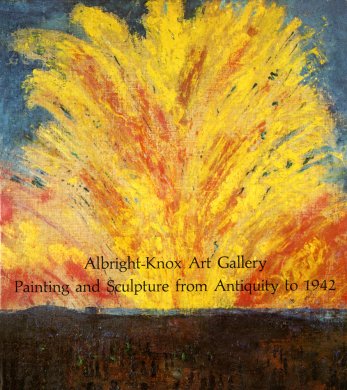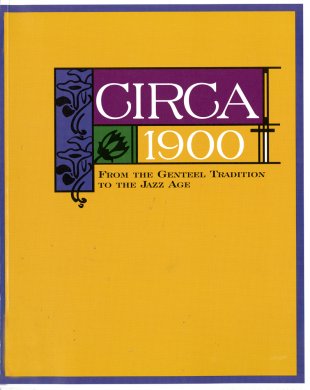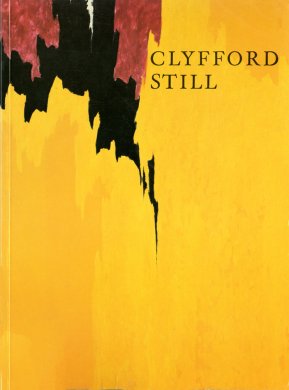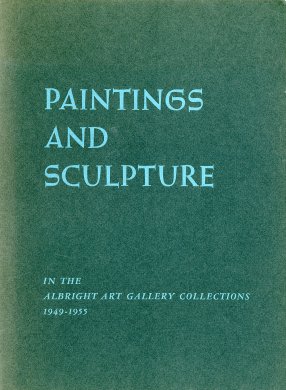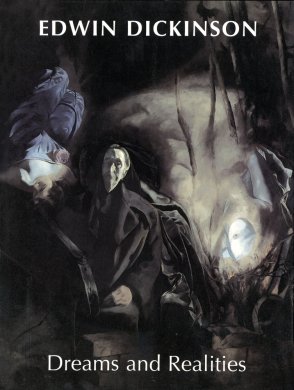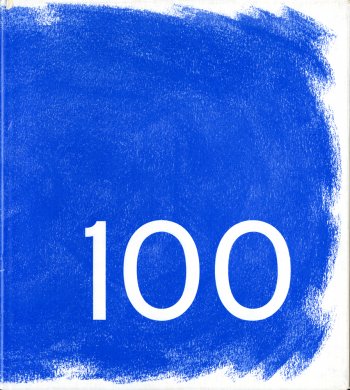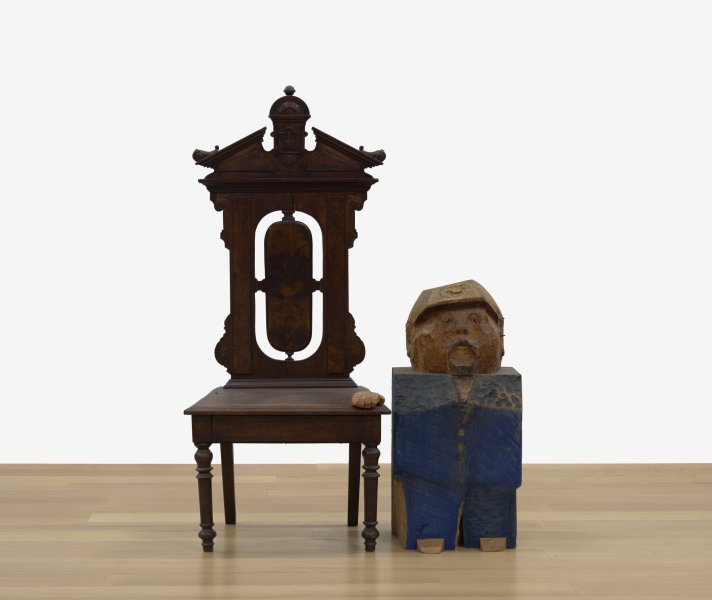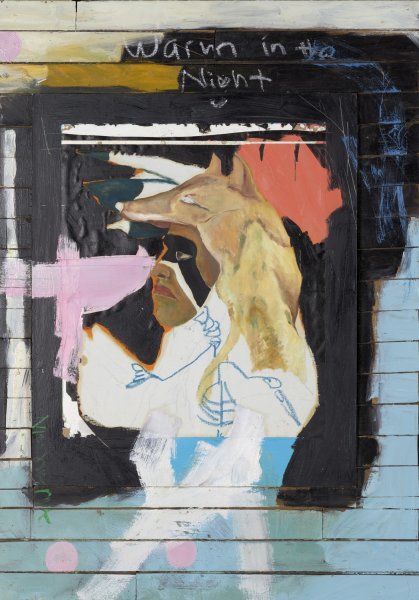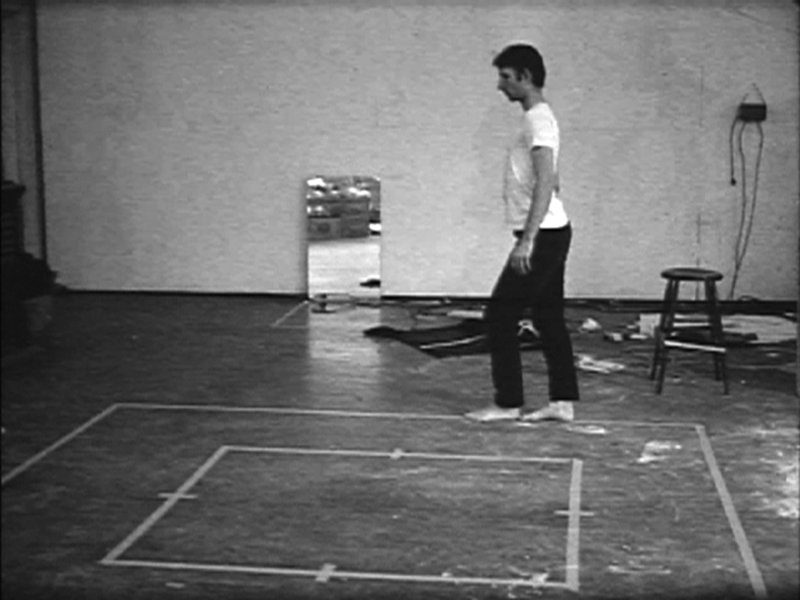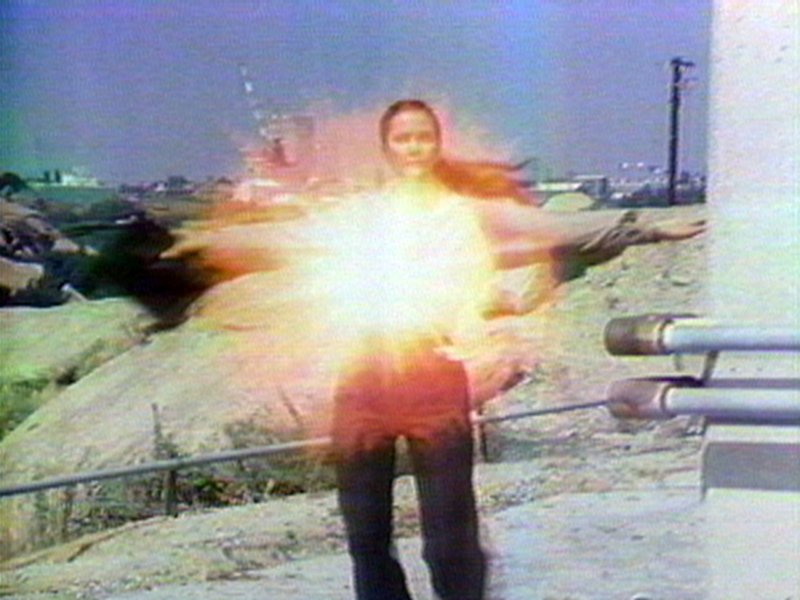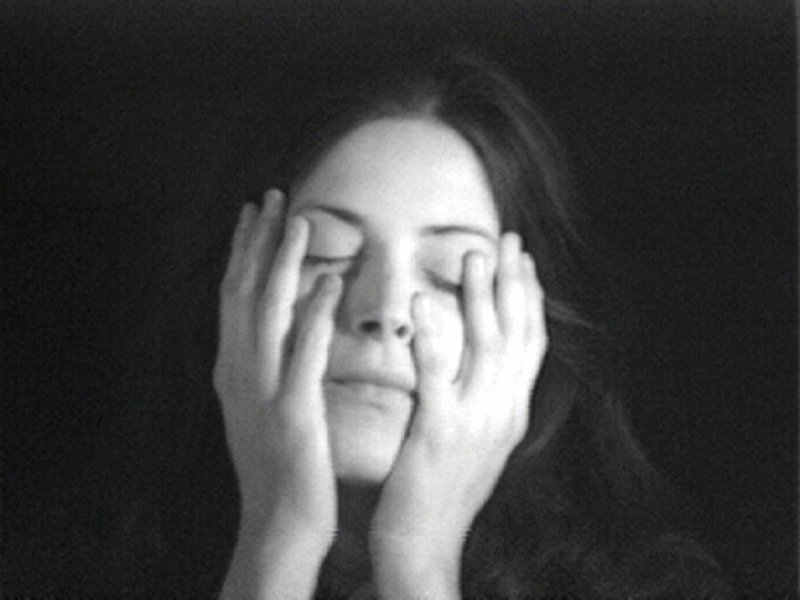Albert Pinkham Ryder
American, 1847-1917
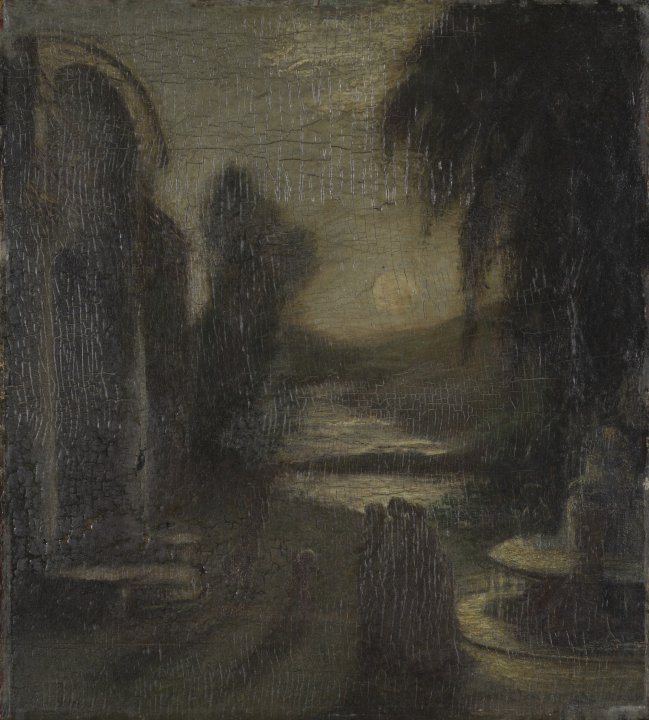
The Temple of the Mind, before 1885
Artwork Details
Currently on View
Materials
oil on wood
Measurements
support: 17 3/4 x 16 inches (45.08 x 40.64 cm); framed: 27 1/2 x 25 5/8 x 3 inches (69.85 x 65.0875 x 7.62 cm)
Collection Buffalo AKG Art Museum
Credit
Gift of R.B. Angus, Esquire, 1918
Accession ID
1918:1
During the latter part of the nineteenth century, Albert Pinkham Ryder turned away from traditional pastoral landscape painting in favor of settings shrouded in mystery. He often drew inspiration for his compositions from the poetry he wrote or read and was particularly attracted to the work of Edgar Allan Poe (American, 1809–1849). The Temple of the Mind is Ryder’s visual interpretation of Poe’s 1839 poem “The Haunted Palace,” which draws on a ruined castle as a metaphor for what the author later described elsewhere as “a mind haunted by phantoms—a disordered brain.” Ryder’s dark landscape with its partially concealed, mysterious figures is not a word-to-image translation of Poe’s poem; instead, it is a manifestation of its ominous mood. In a letter dated 1907, Ryder described the work: “The finer attributes of the mind are pictured by three graces who stand in the center of the picture. . . . On the left is a Temple where a cloven-footed faun dances up the steps snapping his fingers in fiendish glee having dethroned the erstwhile ruling graces.”
